AudioCulture
The noisy library of New Zealand music
Te pātaka korihi o ngā puoro o Aotearoa
Emulsifier
In recent years, it’s been as Bryce International Airways. Before that it was as the Deville Brothers, and before that they were the Leisure Suits. There have been a few others. You get the picture. These guys work well together.
It’s more than a quarter century since their friendship formed at a popular party flat on Wellington’s The Terrace in the mid to late 80s. It was a union born of a love of music and the desire to have fun making it.
Bass player Bennett (known as King Ad B in Emulsifier) came from a DIY/ punk background, getting a start with bands like the infamous One Less Customer For The Butcher, while drummer Martin (AKA Juan V) had formative musical experiences with the likes of Brothers Gorgonzola, among others.
According to Bennett there were gigs with those early bands at venues “like the Clyde Quay, the Terminus, and places like that” but neither man can recall exactly where or when Emulsifier’s first gig was … although it happened “sometime in 1988 or 1989”.
Over the next half dozen years, Emulsifier became one of Wellington’s “go-to” bands for international supports.
Over the next half dozen years, Emulsifier became one of Wellington’s “go-to” bands for international supports, earning curtain-raiser slots for the likes of Faith No More, the Beastie Boys, The Pogues, and Pop Will Eat Itself, at venues in both Wellington and in Auckland. There was an EP – the Wildside label’s first release – and in 1993, an album, Cerebral Implosion.
For a brief period in the early 90s, the band – Bennett, Martin, and guitarist Mal Mesweski, who now lives in the UK – appeared to be riding the peak of some sort of funk-rock zeitgeist. Things eventually started to unravel, as these things inevitably do, sometime in 1995.
It was an exciting era for Wellington’s live music scene, with heavyweights Shihad and Head Like A Hole emerging as serious live prospects. On any given weekend you could seek out the hard-edged punk of Flesh D-Vice, the grassroots funk of Bumpin Ugly, or the avant-garde pop of Six Volts. Just for starters. While at the other end of the spectrum, we saw the emergence of an embryonic hip hop scene, led uncompromisingly by the politically active Upper Hutt Posse, Noise In Effect, and one or two other key players.
New venues opened – Willis Street nightspots The Carpark and (the old) Bar Bodega, and Paisley Park in Taranaki Street – while café venues such as Cuba Cuba offered alternatives to traditional pub venues like The Cricketers and the Clarendon. In fact, as the 80s morphed seamlessly into the 90s, there was almost a sense of renewal in the capital. With a number of new musical genres emerging, there was something akin to a wider changing of the guard, and bands like Emulsifier were a big part of that.
Bennett smiles as he reflects back on Emulsifier’s earliest days, “it was fun, and it was an exciting time in terms of music. Mal (Mesweski) kind of took control for us, he was the organiser, he had the drive. There was a really good scene here. We gigged a lot with Bumpin Ugly, and a couple of hip hop acts as well.
The band’s own funk-metal hybrid musical style drew comparisons with that of Red Hot Chili Peppers, although Bennett asserts it was more of an organic or natural thing than anything deliberate:
“We had those comparisons to Red Hot Chili Peppers, and we liked them, I think, but we never set out to be like the Red Hot Chili Peppers or anything like that.”
An early gig up in Auckland resulted in a meeting with Murray Cammick of Southside Records, who was also head of the then-new Wildside label. That meeting led to an EP, Rock Your Radio, becoming Wildside’s debut release. The four track EP contained early live staples, ‘Terrified’, ‘Bootsay’ and ‘Theme from Emulsifier’, and was well received by critics and fans.
That release gave the band some much need commercial credibility. Although there were still day-jobs – Bennett working at Radio Active, Martin working “here and there, but generally trying not to” – the increased profile and a creative impetus for the band meant more work plying its wares live on stage.
One fondly recalled early gig was with Shihad at the Clarendon, a pub venue on the corner of Courtenay Place and Taranaki Street, which later became Molly Malone’s. As Bennett tells it, “We played with them [Shihad] a few times, but this was a particularly memorable one because that’s when they were just starting to really fire. We got the door [take], I remember going upstairs, and we all gathered around, Jon Toogood going ‘look at all this fucking money!’ … we also did a couple of Orientation tours, one great one with Bumpin Ugly, so we ended up doing all of the universities in the North Island. At that time we had Peter Jamieson, who was playing keyboards with Bumpin Ugly and with us.”
Martin laughs, “We were up in Auckland quite a lot, then down in Christchurch. All over the place. I recently found an old set list and I thought, I don’t know any of these songs!”
As a support act, Emulsifier had a knack for outshining the main act, attracting post-gig review headlines like “Pogues upstaged by support band” and “Lean pickings from Pop Will Eat Itself, Emulsifier smooth”.
Bennett contends it was more a case of out-performing The Pogues by default, simply by just turning up. “On that night, at that time, Shane McGowan was not in good shape. He’d be drinking on stage the whole time, and barely singing.”
Conversely, it was as the headliner at The Powerstation in Auckland that the band got its comeuppance. “It was us supported by Supergroove,” says Bennett. “So they went on and the place was heaving with kids going crazy. But by the time we played, it started emptying, and there were around 200 or 300 people sitting on their hands going ‘oh yeah’ [sighs].”
As Martin saw it, “Murray [Cammick] had said ‘you need to get John out the front being the singer’, so we got Ian “Flash” Gordon in to play drums for us, and for me that was really weird. At the Powerstation gig I was just being the front man and I didn’t enjoy that to be honest. I think that was the first time doing that – at the Powerstation, singing to nobody.”
Emulsifier was always a better proposition as a three-piece, despite being a sometime quartet, with the regular coming and going of peripheral band figures – most notably the likes of Peter Jamieson, and later keyboard player Nick Jones (AKA Dr Afrika).
“There was a bit of a funny dynamic with us and others in the band at the time,” says Bennett. “We were smartarses and it was like a core, the three of us being pretty tight. There were different times when we had other people in the band, and I think they felt on a bit of an outer. We were pretty unpleasant at times.”
Martin nods in agreement, and it would be interesting to get the perspective of the absent Mal Mesweski on that. Certainly when it came to writing the words and music for the band’s recorded material, it was always very much a collaborative effort. A cursory glance at their album credits reveals a workload evenly spread across all three “core” members.
Cerebral Implosion was released in October 1993 with the band very much at the peak of its powers.
Cerebral Implosion was released in October 1993 with the band very much at the peak of its powers. It contained a good blend of older live tunes – including three tracks from the aforementioned EP – and newer jams like single ‘Intergalactic’ and ‘Rock Invader’.
Sunday broadsheet reviewer Colin Hogg positively gushed about Cerebral Implosion in his review … “the real power behind this exciting band is the solid spine of melody that runs through everything they touch” and “in a vintage year for local music, this one stands up and shakes its head and its tail” before signing off with a requisite “highly recommended”.
If that was a high point, then a failure to impress Wildside boss Murray Cammick after recording a second full-length effort was a genuine low. It was a setback that proved to be the catalyst for the band's eventual demise. The work was shelved, and at that point, it was all but over for Emulsifier.
Martin explains, “We’d put so much work into it, sweated blood to get it out there, and then for it to be rejected was a real kick in the guts. Adam just went ‘fuck it, I’m heading off overseas’ … also, we’d started playing in cover bands [by then] and realised we could actually get paid for playing music.”
Bennett: “What put an end to it was I went overseas, but by that time John and I were doing quite a lot of different stuff, playing in cover bands and getting quite a lot of work. I remember feeling a little embittered that some of the other bands we came through with were going really well while we were fading away. And Mal was doing a lot of stuff with Evan Roberts, who had one of the first Pro Tools setups in Wellington. They were doing this cyber-punk type stuff, so we were pursuing different musical directions.”
There’s clearly no residual long-term resentment about the way it all unfolded – and let’s face it, as these things go, a shelved album and pesky “musical differences” are relatively tame exit strategies in pure rock and roll terms.
Emulsifier’s final gig was "sometime in 1995" at the old Bar Bodega in Willis Street. With the band dressed in Beatle suits, the curtain came down on the career of a band which at its peak saw its flame burning brightly on the national stage. Before, ultimately, the fickle claw of fate – and perhaps, fashion – had its say.
But it wasn’t the final say. It may have been the end for Emulsifier, but for Bennett and Martin, it was merely the start of a musical journey that would take several more twists and turns over the course of the next two decades … and it’s a journey that continues to this day.
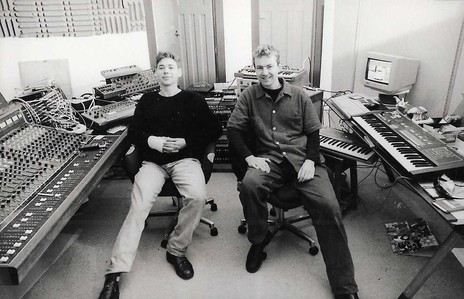
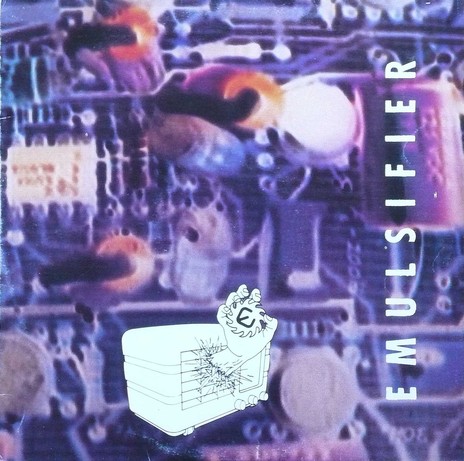
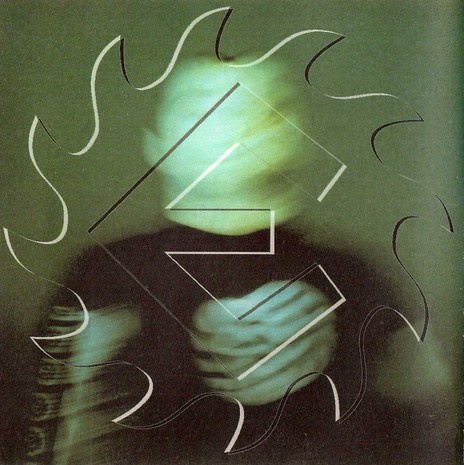
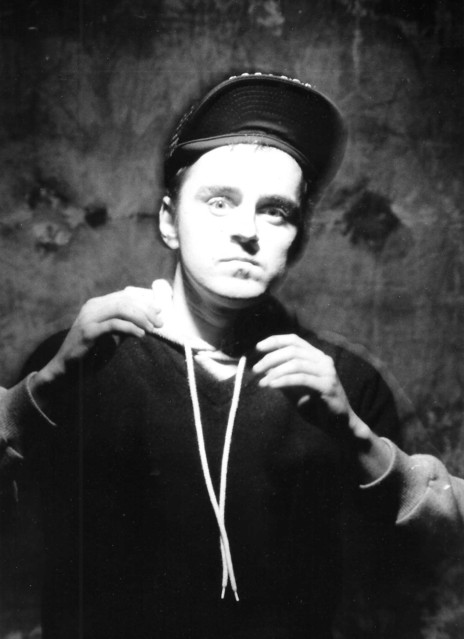
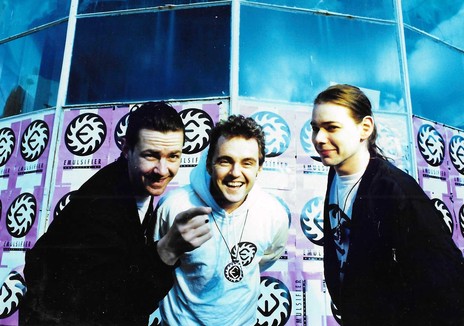
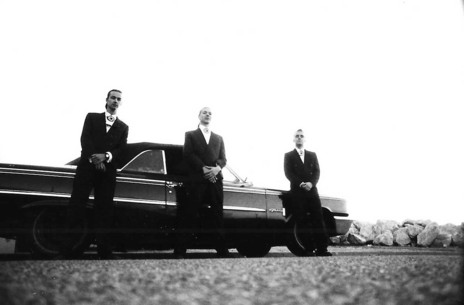
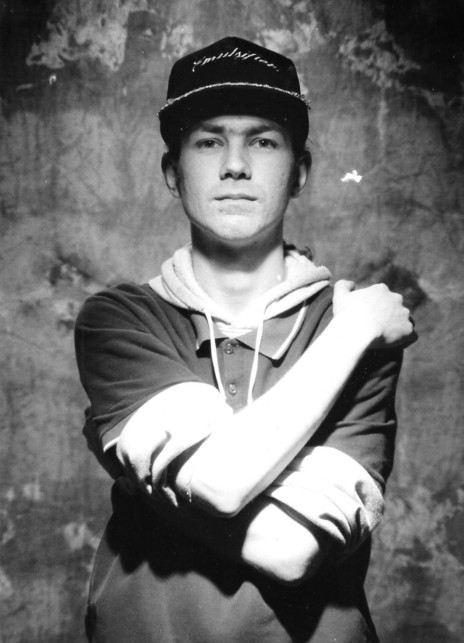
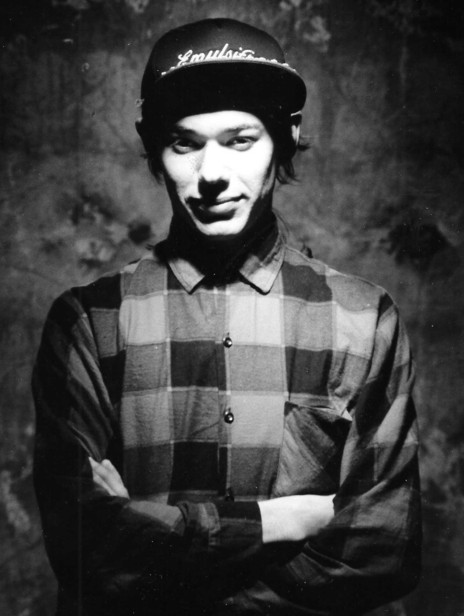
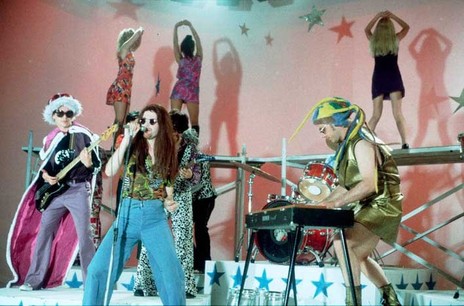
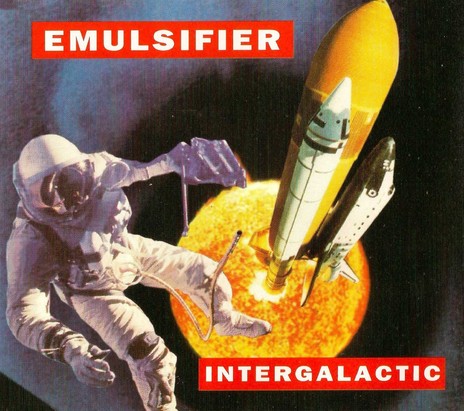
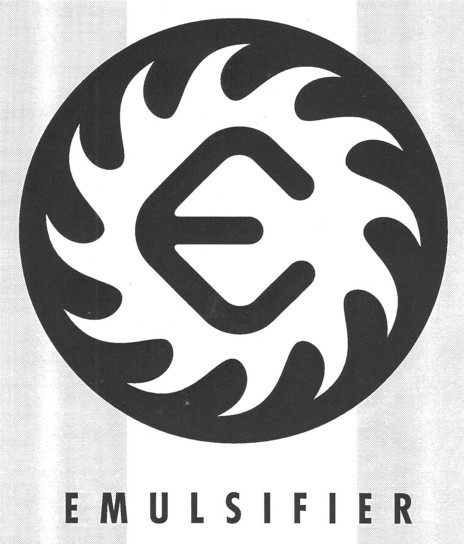
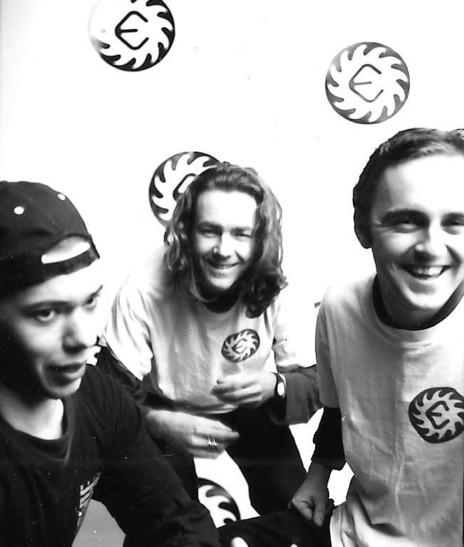
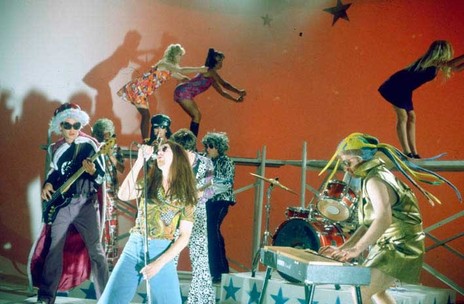
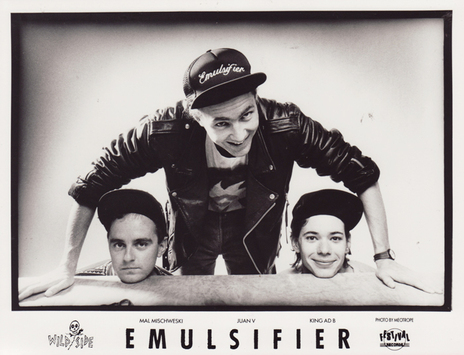
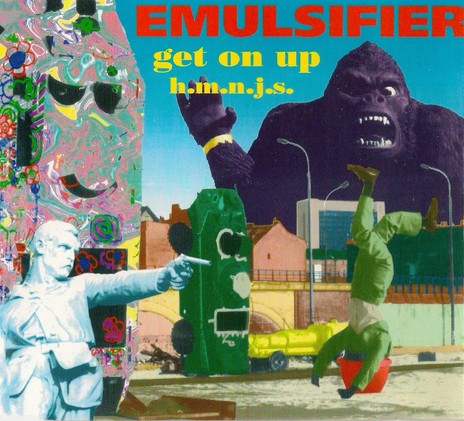
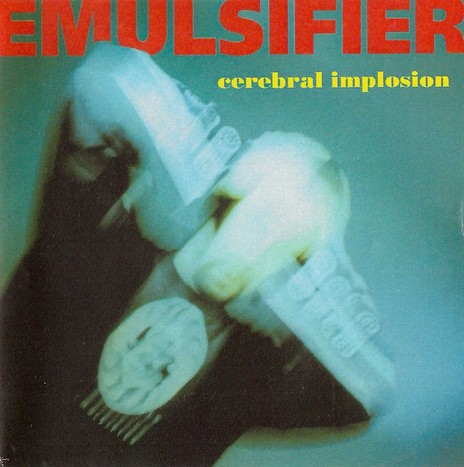
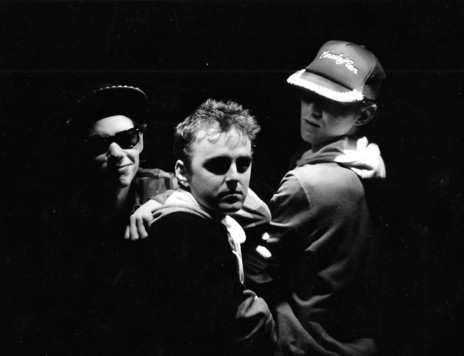
Adam Bennett - bass, vocals
John Martin - drums, vocals
Mal MacDonald - guitar
Ian Gordon - drums
Peter Jamieson - keyboards
Nick Jones - keyboards
Visit our sister site
NZ On ScreenMade with funding from
NZ On Air